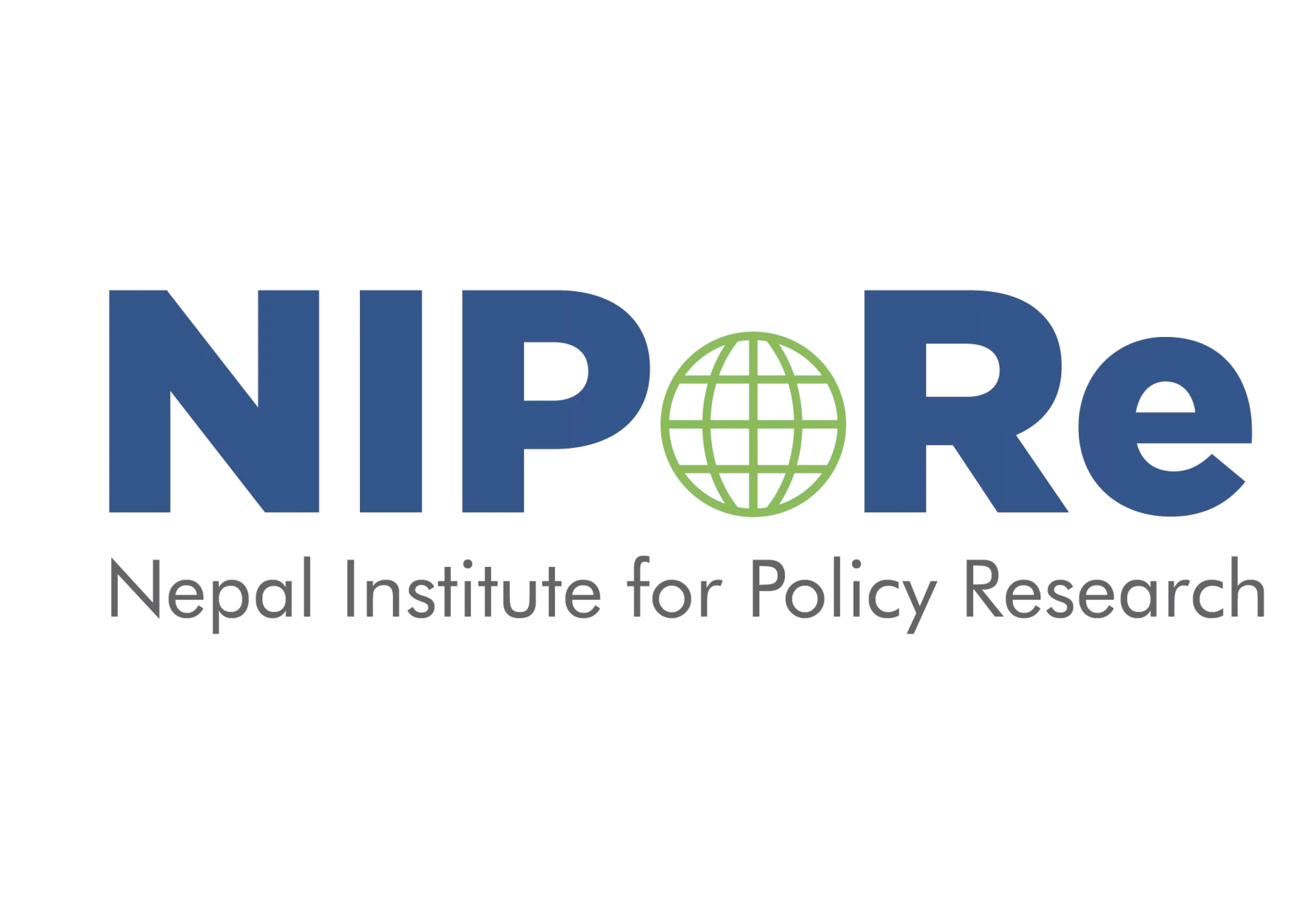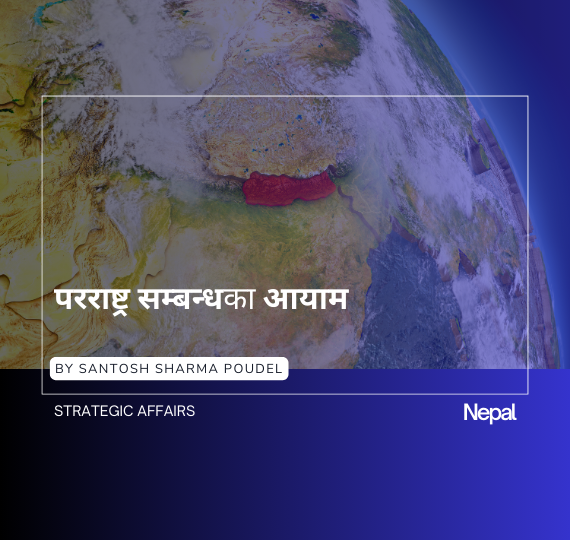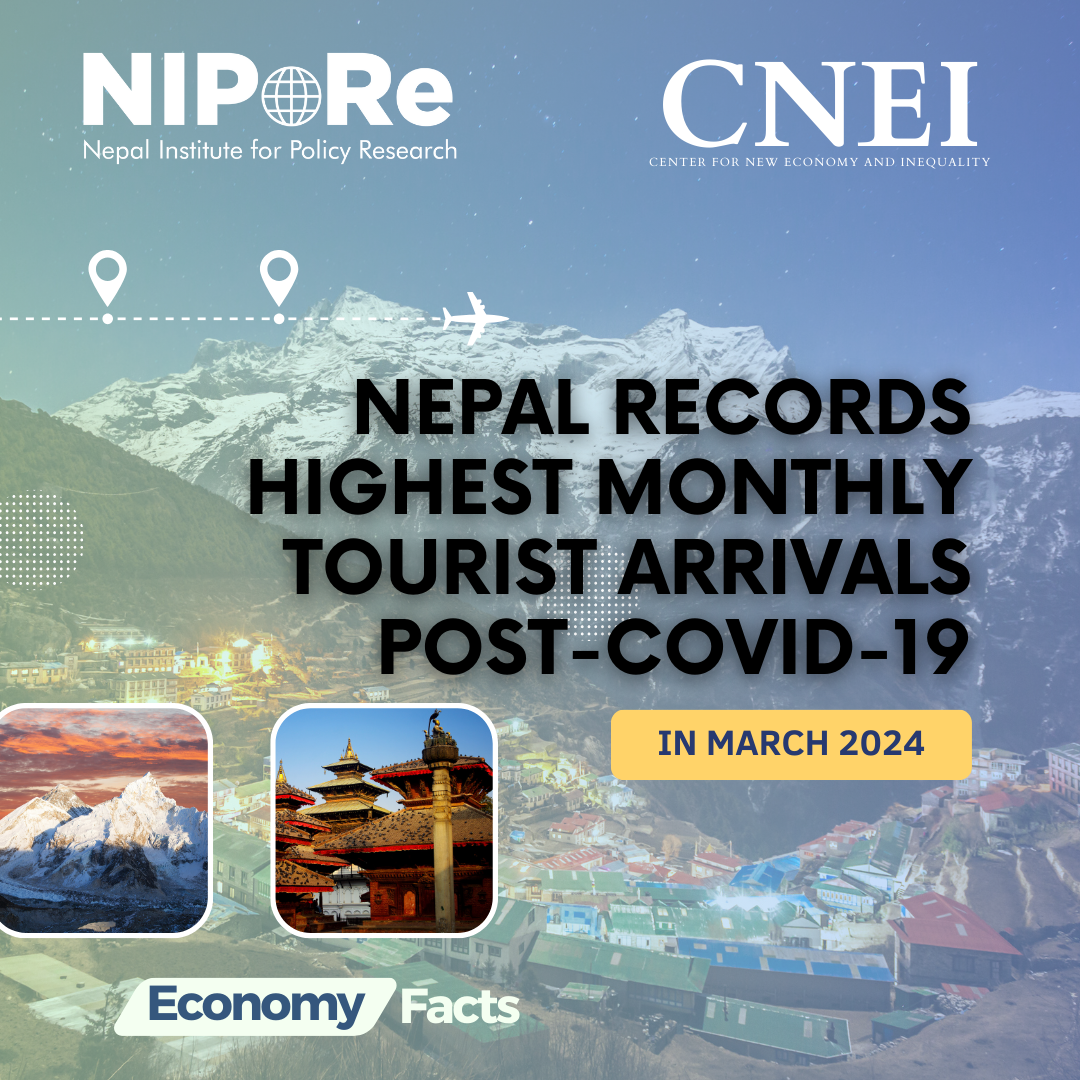– NISCHAL DHUNGEL
Quality digital infrastructure is the foundation of a fully-functioning digital economy. Digital infrastructure using any form of the technology enables a smooth flow of goods and services in the economy. The Government of Nepal (GoN) considers the advancement of digital technology as a crucial enabler of more resilient, inclusive, and growth-oriented development. The GoN came up with the Digital Nepal Framework (DNF) plan in 2019 to restructure the economy through integration of available ICT tools. It plans to do so by granting all segments of the population equal access to services and infrastructure, encouraging private sector innovation and competitiveness, and enhancing the delivery of public services. The DNF comprises 80 initiatives divided into eight categories – digital foundation, agriculture, health, education, energy, tourism, finance, and urban infrastructure. The Nepal Planning Commission (NPC) has deemed the DNF a game-changing initiative.
Before diving into Nepal’s digital landscape, it is crucial to understand the state of digital-related infrastructures in the country. Electricity is the backbone of digital connectivity in addition to availability of quality infrastructures. In this regard, electricity is fuel to develop any form of digital connectivity. Without proper access to electricity, it is almost impossible to foster digital connectivity in the desired way. Hence, access to electricity directly impacts the availability, adoption, and use of digital connectivity. Digital connectivity may be less readily available if a steady electrical supply is not always available. Even though the electricity supply has reached most of the population, the government needs to deploy base stations in non-electrified areas to ensure affordable and reliable electricity access for all Nepali citizens.
Figure 1: Access to Electricity, Nepal (Percentage of Population)
Source: Nepal Economic Survey 2021/22, Ministry of Finance *Till – Mid March 2022
More than 90 percent of the population have access to electricity as of mid-March 2022 (Figure 1). Access to electricity has considerably increased over past years from 88 percent in 2018/19 to 94 percent till mid-March 2021/21. During the same period, the Madhesh province has the highest access to electricity i.e., 99.66 percent of Madhesh population and the Karnali province has the lowest access to electricity 43.87 percent of Karnali population (Figure 2). In 2021–2022, the installed electricity capacity stood at 2,189.6 megawatts (MW). Increasing the installed capacity of electricity has made it possible to increase access to electricity. Nepal experienced power outages that lasted up to 18 hours a day for more than ten years, from 2006 to the mid of 2017. The country currently has surplus energy, primarily during the wet season, and “load-shedding” has almost been eradicated thanks to better management, leakage control, and increased power generation. Although electricity penetration in Nepal (90 percent of the population) as of 2020 is slightly low in comparison to South Asian (95.7 percent of the population) countries, Nepal stands in an excellent position to strengthen its digital infrastructure. Before the target year of 2030 was established by Sustainable Development Goal 7, the Nepal Electricity Authority (electricity regulatory body) revealed its plan to achieve 100 percent electricity access by 2024. The plan is realistic to set a strong base for the uptake of other digital infrastructures.
Figure 2: Access to Electricity by Province (Percentage of Province Population)
Source: Nepal Economic Survey 2021/22, Ministry of Finance *Till – Mid March 2022
The Government of Nepal has placed great importance on transforming the potential of ICTs within the broader context of its ambitious developmental objectives, which are based on reducing poverty as its primary goal. The Information Communication Technology (ICT) Policy 2015 outlines the rules and practices for developing IT infrastructures and human resources for a knowledge-based society. ICTs have the potential, among other things, to help create the environment for better governance with more open, transparent and effective bureaucracies. ICTs can also address structural issues in education and health systems, enabling more access to education and health services and bridging quality gaps in education and health.
The internet is a crucial component of the digital economy. Over the past few years, Nepal’s technology and communication sector have experienced significant growth. Nepal Telecommunications Authority (NTA) is the telecommunication regulatory body of Nepal established to provide a favorable and competitive environmentfor the development, expansion, and operation of telecommunications services along with private sector participation. According to NTA Annual Report 2021/22, total broadband (mobile and fixed) internet subscriber has considerably increased over the past years, from 66 percent in 2018/19 to 131.6 percent in 2021/21. According to the same report, there are around 38.3 million broadband subscribers in Nepal, of which 28.7 million are mobile broadband subscribers and 9.6 million fixed (wire and wireless) broadband subscribers in 2021/22. While fixed broadband (wired plus wireless) penetration has reached 33.1 percent of the population, mobile broadband penetration is 99 percent in 2021/22. Mobile broadband peneration has significantly increased over the past years from 52% of population in 2018/19 to 99 percent of population in 2021/22. According to the report, mobile broadband is the most popular means of using the internet, and the trend of mobile broadband users is increasing faster than fixed broadband. With 3G and 4G internet service already in place, the government is advancing the testing of 5G technology.
Figure 3: Broadband Internet Penetration (Percentage of Population)
Source: Nepal Telecommunication Authority, Annual Report 2021/22
Despite the progress in internet and electricity penetration, there are still issues with affordability, the digital divide, and digital illiteracy in many areas of Nepal. With regards to digital governance, the government has taken steps to digitalize public services, including, but not limited to, the digitization of data from land revenue offices, the introduction of the Nagarik App, the launch of the Nepal National Single Window (NNSW) system, the opening of the National ID card, and others. However, service seekers continue to encounter issues due to limited installed technology capacity and improper system management.
Workplace practices are changing due to disruptive technologies like artificial intelligence (AI), robotics, and the Internet of Things. The governments and businesses around the world are now able to fully realize the promise of exponential development because of digital technologies. Since the initial shutdown starting from March 2020 onwards (due to COVID-19), online commerce and digital payments have become more common. Also, the use of digital technology and GDP growth are closely related. A World Bank study found that a country’s economy grows by 1.3 percent for every 10 percent rise in internet access. Nepali pay more for internet connection than people in other South Asian countries, according to the Connectivity in the Least Developed Countries Status Report 2021. The report has emphasized a need for effective solutions in developing nations like Nepal to increase digital access and the need to develop specific policy proposals to hasten the transition to inexpensive and universal connectivity.
Way Forward
The digital economy highlights the importance of digital technology in improving trade and competitiveness, economic opportunity and efficiency, and international economic integration of an economy. The COVID-19 pandemic and related lockdowns have sped up the uptake of digital services, making remote learning, e-commerce, and digital payments more crucial than ever. The pandemic has also made it clear how vital it is to adapt systems to accommodate shifting preferences, hastening the transition to a cashless and digitally aware society. Supportive policies and investments in the workforce, vital digital infrastructure, and cybersecurity will have a long-lasting impact on leveraging the digital economy in Nepal. For Nepal to develop into a technologically advanced, rapidly expanding economy, digitalization and digital governance should be implemented, strengthening its digital-related infrastructure.
Recommendations
- Bring stakeholders from the public and corporate sectors and civil society to help shape digital policy in several key areas.
- Encourage the adoption of inclusive digital policies and collaborate with the appropriate governmental entities. A working group on internet affordability should be established, with representatives from the private sector, civic society, ISPs, and regulators.
- Build collaborations with the private sector to construct a digital economy that benefits all Nepalis.
- Concentrate on improving transactional efficiency, security, transparency, traceability, and financial inclusion.
- Work with universities and technical schools to solve the cybersecurity workforce and research and development demands.
- Support the reform of IT curricula in higher education, work with the private sector to start apprenticeship or internship programs, and support the ICT initiatives of the Ministry of Education to increase the skill-building of the digital talent pool to match the demands of IT-sector employers better and increase Nepal’s competitiveness in the IT labor supply.




